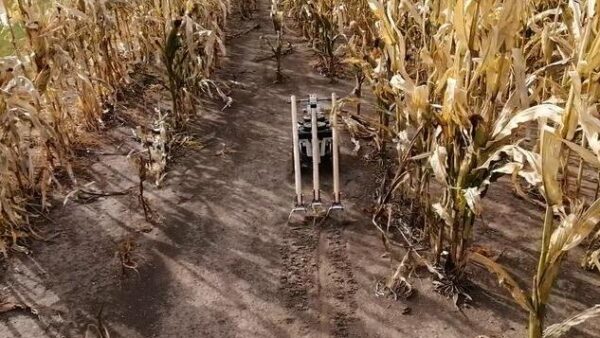Erosion of clubroot resistance is showing up across Alberta. Recent research by Alberta Agriculture and Rural Development (AARD) and the University of Alberta (U of A) has confirmed the continued spread, with multiple virulent pathotypes suspected. Protecting against further erosion of current clubroot resistance requires a strategy focused on minimizing clubroot resting spore spread and keeping spore loads as low as possible._x000D_
_x000D_
In early 2014, U of A researcher Dr. Stephen Strelkov identified the presence of a different clubroot pathotype virulent on current forms of clubroot resistance. Further field surveillance in 2014 by AARD, the U of A and the Canola Council of Canada (CCC) confirmed that clubroot pathotypes capable of causing high levels of disease in resistant cultivars were present in 16 of 27 fields investigated across Alberta. The clubroot pathogen isolated from many of these fields was virulent on all clubroot resistant cultivars. It is suspected that there may be multiple pathotypes causing this loss of function of clubroot resistance._x000D_
_x000D_
“These new fields aren’t clustered around the original location of resistance breakdown. They are hundreds of kilometres apart and throughout the clubroot infested areas of the province,” says Dan Orchard, agronomy specialist and clubroot lead with the CCC. “We need to continue to focus on both minimizing the spread of these new pathotypes and the buildup of resting spores in all fields.”_x000D_
_x000D_
More information is available here: http://www.canolacouncil.org/news/clubroot-resistance-breakdown-confirmed-in-fields-across-alberta/












